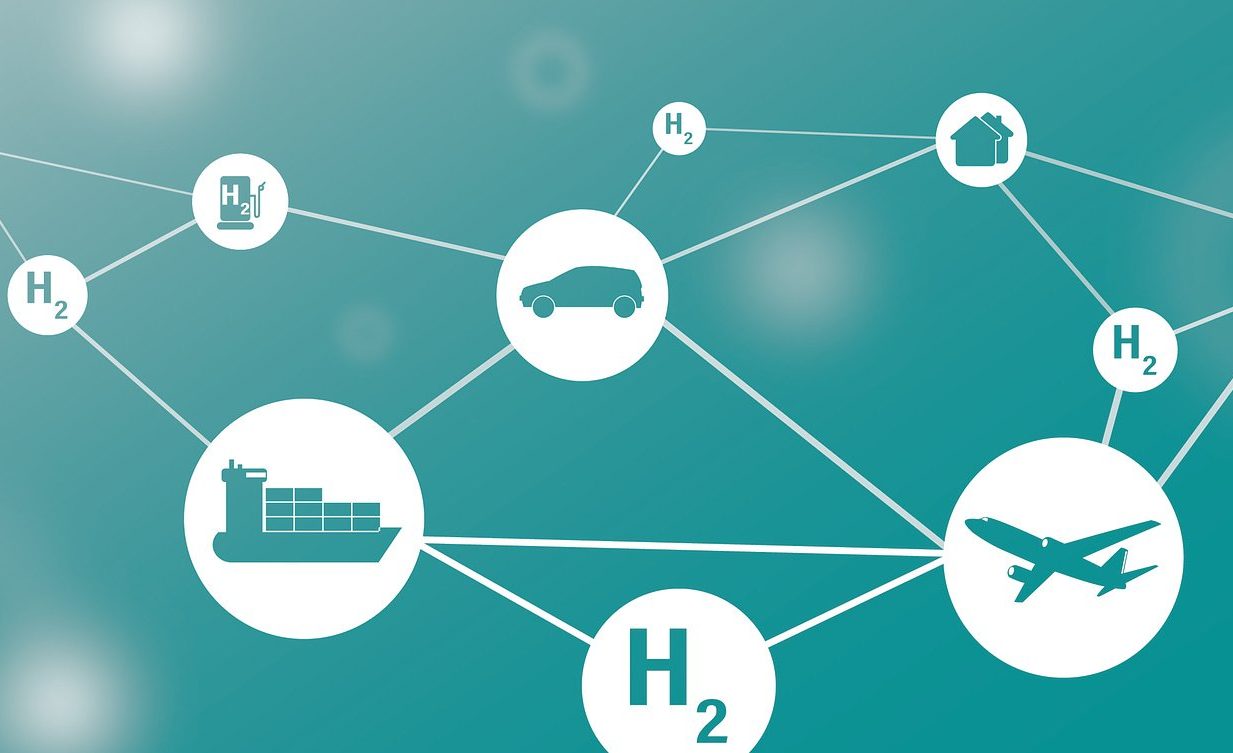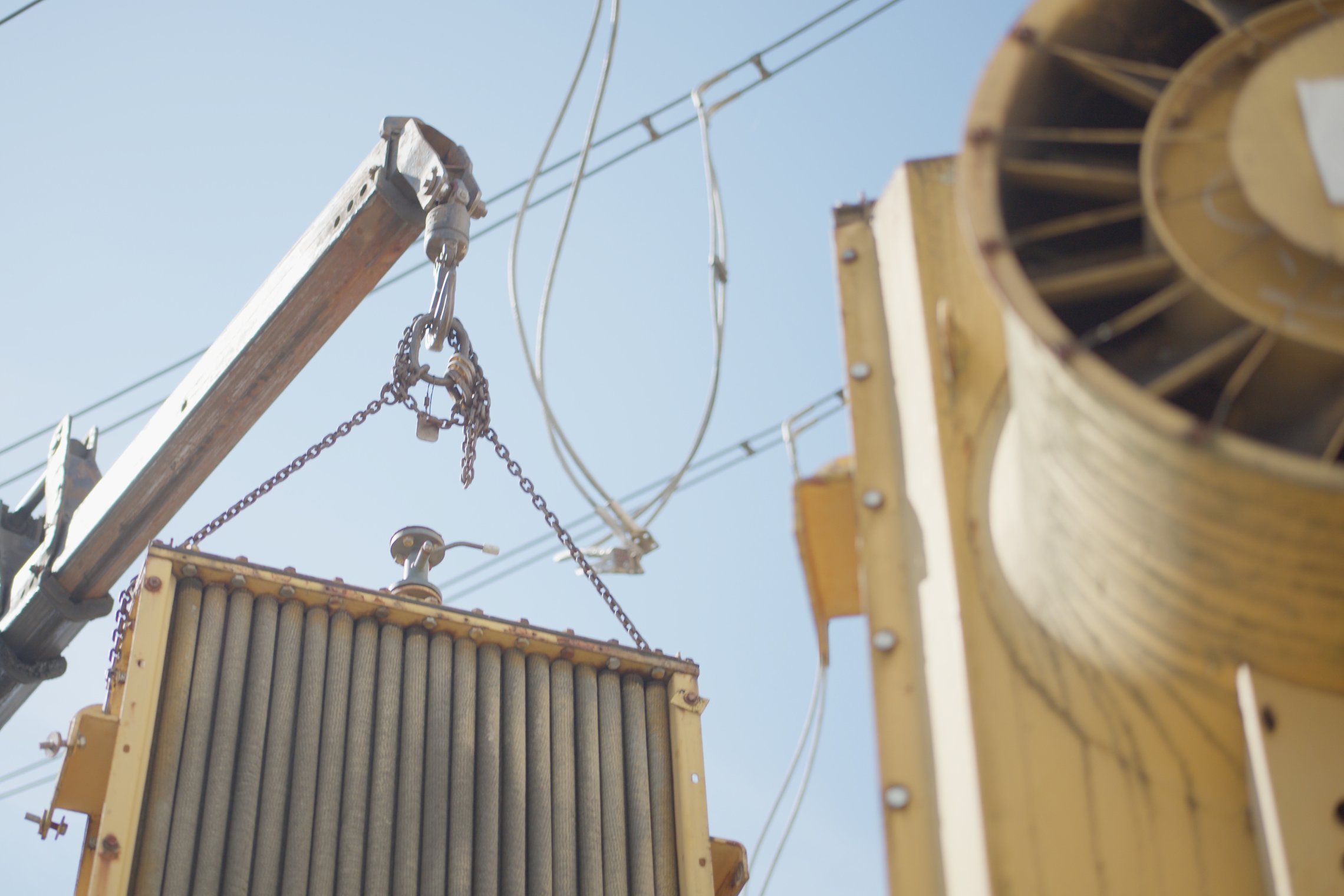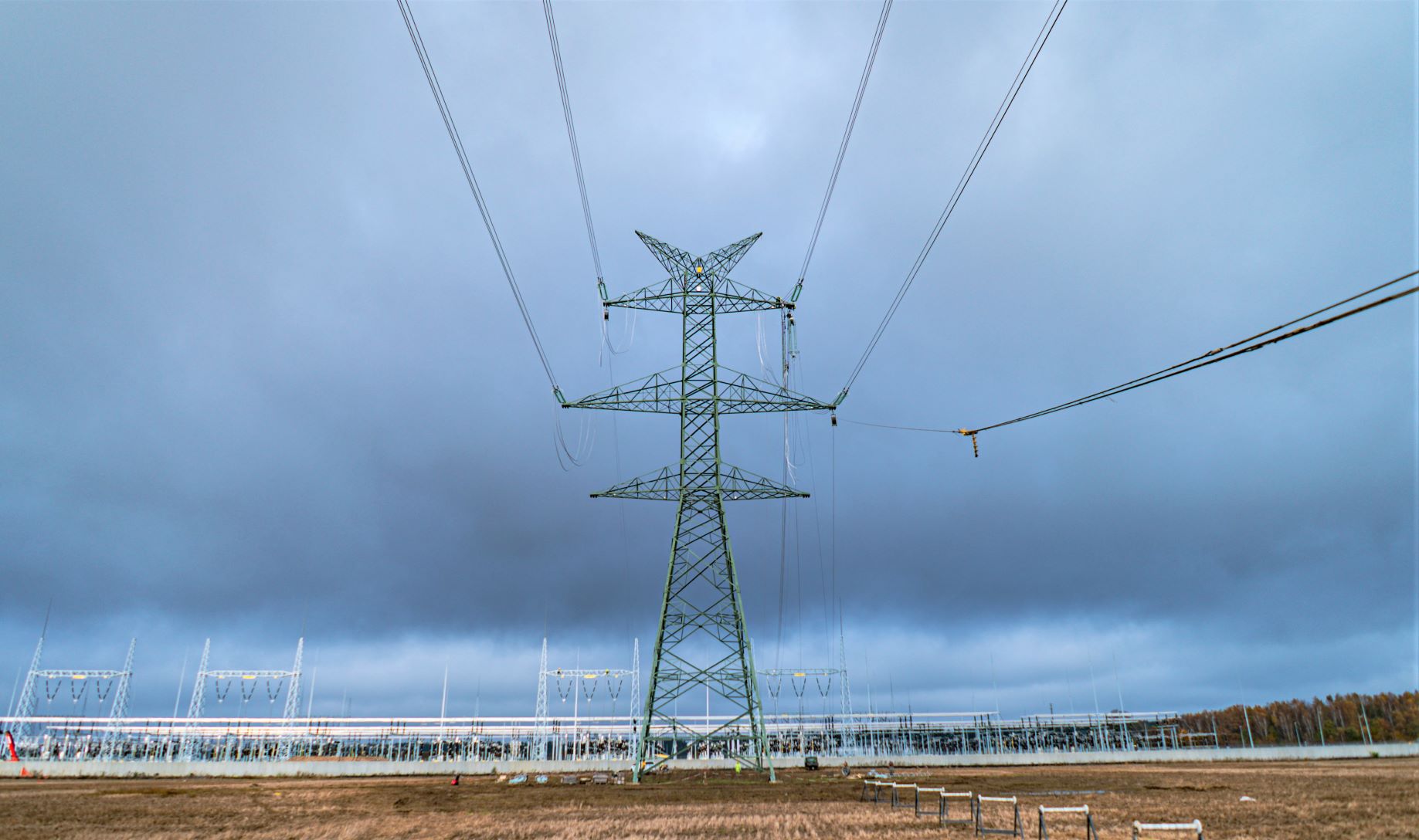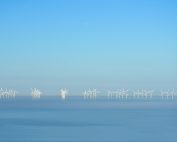An overwhelming majority of the Danish Parliament has agreed to adopt a new national Power-to-X strategy. DKK 1.25 billion will be invested in green hydrogen and other fuels. Wind energy, including offshore wind, will play a key role.
The agreement was reached between all political parties in the shadow of the situation in Europe and Ukraine, where energy independence and accelerating the development of green alternatives have become more crucial than ever.
The Danish strategy is to develop the production and use of green hydrogen in hard-to-transform sectors such as shipping and aviation, heavy road transport, and industry. Due to its abundant wind resources and significant expansion of offshore wind capacity in the coming years, Denmark is well positioned to produce green hydrogen. The strategy aims to promote energy exports in the form of green hydrogen and e-fuels. Denmark aims to build between 4- 6 GW of electrolyzer capacity by 2030, according to the announcement. This will put Denmark among the European leaders.
The agreement includes a DDK 1.25 billion subsidy program in the form of a government tender for hydrogen production, improved framework conditions for producers, and relies on a series of business support measures and a pool of resources. This means that the government has made it a priority to allocate at least DKK 3 billion to PtX since 2019.
– The new agreement strengthens the climate, business environment, and security of supply for green energy. I am very pleased with this broad political agreement, which raises the ambition to a new level where Denmark can play a role on the international stage. Europe is intensively looking for alternatives to fossil fuels, so we need to act fast, said Denmark’s Minister of Climate and Energy and Public Utilities, Dan Jørgensen.
The agreements and strategy involve several key elements:
– Tender for a total of DKK 1.25 billion to be granted in the form of operating aid for a period of 10 years
– Facilitating running power lines directly from wind and solar farms to PtX facilities
– Ability to apply lower tariffs to large electricity customers such as PtX producers
– DDK 57 million between 2022 and 2026 will be allocated to the PtX Task Force, which will, among other things, provide guidance to project developers and national authorities
– Taking the first step towards establishing a Danish hydrogen infrastructure and promoting the export of green hydrogen to, for example, Germany.
In conjunction with the strategy, the Danish government will announce a new plan to develop RES production both onshore and offshore. The goal of the new strategy is expected to translate into a CO2 reduction of 2.5-4.0 million tons.














